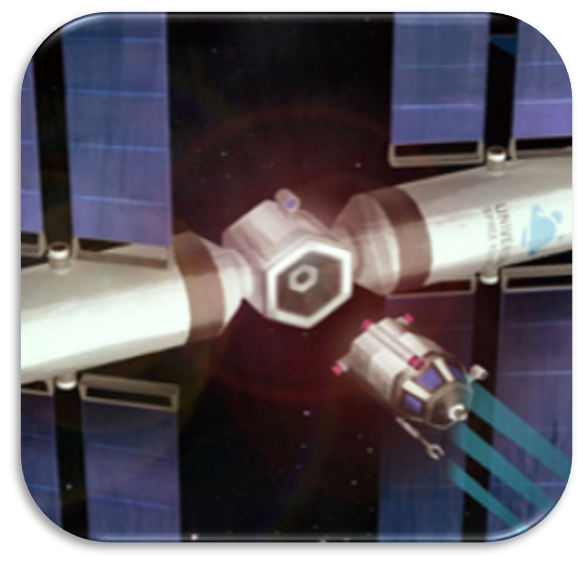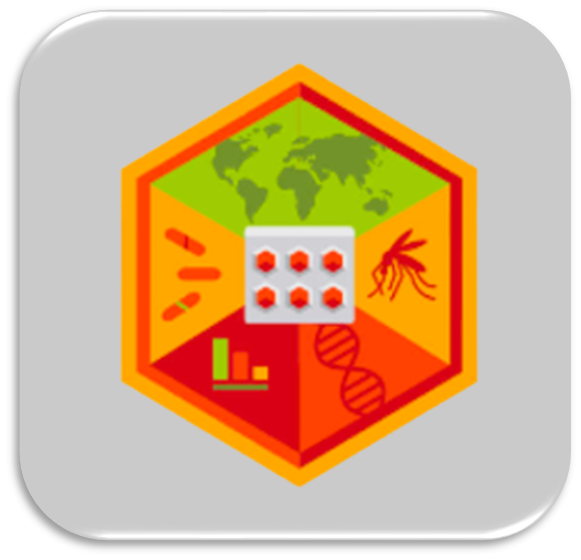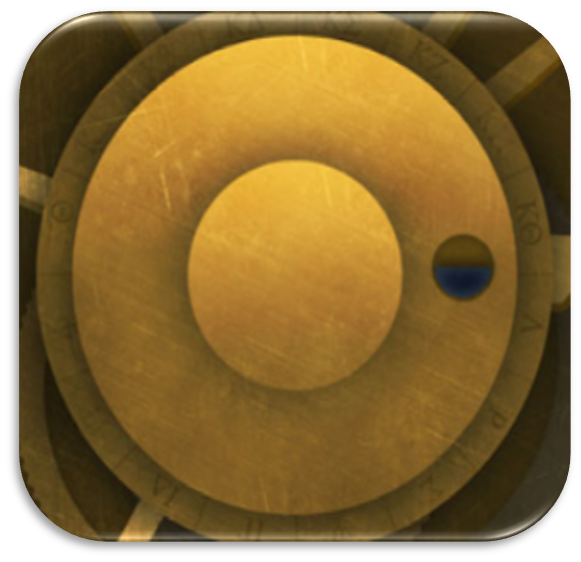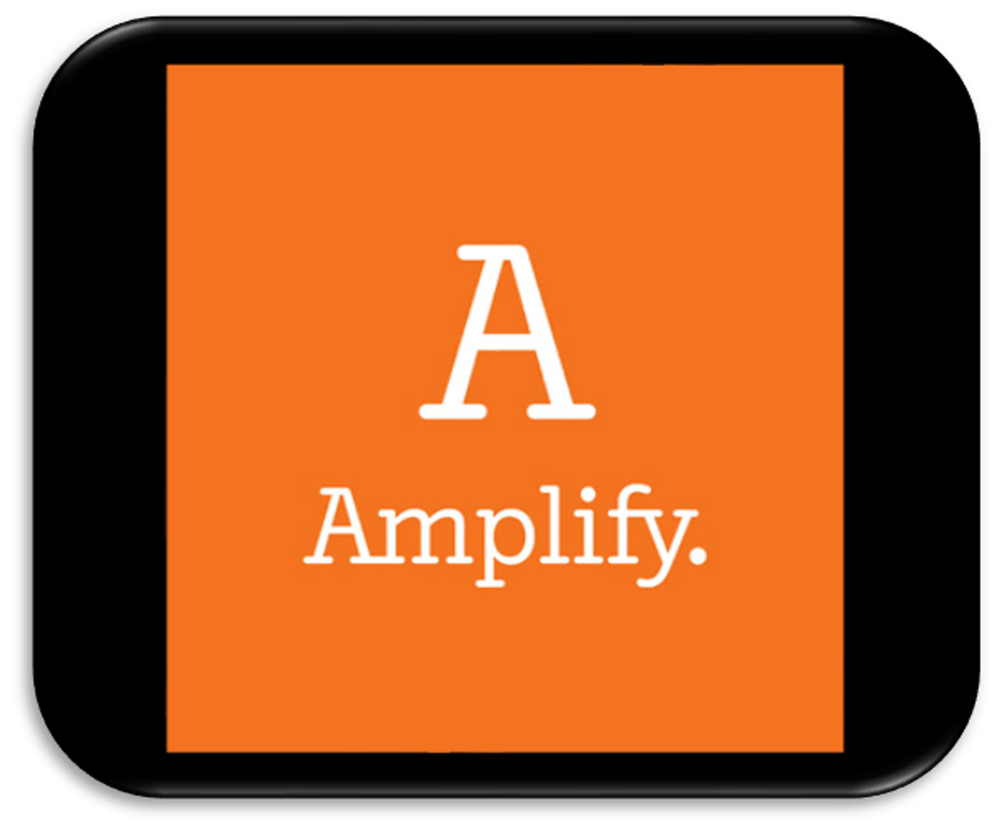- School District of Beloit
- 8th Grade - Science
8th Grade - Science
-
The School District of Beloit has a vision for science education that engages all students in science by working with rigorous, relevant, and real-life problems. We do this through the use of curricular resources that are aligned to the Next Generation Science Standards. These resources encourage students to discover the world around them, in order to provide foundational knowledge to all and encourage all students to continue to learn and to keep wonder alive. The goal of the science program is to prepare our students for their future, which could be very different from the world we live in today. As a result, we have developed a scope that allows students to build upon and revise prior knowledge and encourages all students to engage in the practices of science and engineering.
8th Grade Science Units
-

Unit 1 - Harnessing Human Energy
Scientists continue to devise new ways to harness human energy. Energy-harvesting backpacks, bikes, rocking chairs, and knee braces are just a few of the innovative devices that have been created to capture human energy and use it to power electrical devices. In this unit, students assume the role of student energy scientists in order to help a team of rescue workers with an energy problem. Students work to find a way to get energy to the batteries in the rescue workers’ electrical devices, even during power outages, and this serves as the design problem for the unit. First, students are motivated to explore relationships between different types of energy—with an emphasis on kinetic energy and potential energy—and the ways energy is transferred and converted. To solve the rescue team’s energy problem, students research various ways to capture and store energy. Then, students apply their knowledge about energy to design an energy system that can use human kinetic energy to power an electrical device.
-

Unit 2 - Force and Motion
Scientists send research instruments into space to collect data on astrophysical objects such as stars, planets, moons, and asteroids. These missions are incredibly expensive and require precise and meticulous planning to avoid failure. The teams of scientists and engineers who work together to design and build the spacecraft usually plan successful missions, but occasionally, costly mishaps occur. When these happen, scientists carefully investigate what went wrong, wanting to avoid future mistakes. In this unit, students engage in authentic work as they take on the role of student physicists working for the fictional Universal Space Agency (USA). They are called upon to assist in the investigation of one recent mishap. Students apply their developing knowledge of force and motion to explain why a space pod failed to dock at the space station as planned. This mystery serves as the anchor phenomenon for the unit. As they investigate, students will learn about the relationship between force, change in velocity, mass, and the equal and opposite forces exerted during collisions. This complex physics reasoning will be reinforced by the Force and Motion Simulation, a digital environment in which students can manipulate the mass of objects, their initial velocities, and the forces exerted on them as they observe the resulting change in motion. Students can also use this digital tool to simulate collisions and see how different objects are affected during these events. With this digital tool, students gather data about how forces affect the motion of objects, which they use as evidence to explain what happened to the pod. By the end of the unit, students will understand how forces can affect the motion of objects.
-

Unit 3 - Force and Motion Engineering Internship
When natural disasters strike, it can be difficult to reach the affected areas since roads may be blocked or destroyed. Supplies can be dropped from aircraft, but this has its own challenges. The Force and Motion Engineering Internship allows students to apply knowledge that they’ve learned about forces and collisions to an authentic problem—designing an emergency supply drop pod. The unit assumes that students know about gravity, a force that causes objects to fall to the earth. Through readings and a hands-on model, students learn that mass of the object does not affect its velocity at impact, but does affect the amount of impact force the object experiences when it hits the ground. The velocity of a falling object can be reduced by adding air resistance, which will result in lower impact force. The materials from which the object is made can extend the amount of time over which the collision occurs, which also reduces the impact force. Reading about these topics, along with an exploration of the properties of various physical materials, helps students apply their understanding of forces and motion to a fictional but realistic problem. Students work as mechanical engineering interns at Futura Engineering to design a supply pod that will deliver humanitarian aid packages to people in disaster-stricken locations. Specifically, they learn about engineering practices and deepen their understanding about collision forces. They explore how to manipulate mass and falling speed in the design process, using the SupplyDrop Design Tool to run iterative tests and collect data. They then focus on data analysis, noting the structure and function of different design features, in order to design a pod that survives the impact of colliding with the ground. Students strive to meet the design criteria: minimizing cargo damage, maximizing shell condition, and keeping costs low. By the end of the unit, students are able to explain the features, trade-offs and science behind their optimal design in a written proposal.
-

Unit 4 - Natural Selection
In 1979, friends dared a 29-year-old man in Oregon to swallow a living, rough-skinned newt. What the man did not know is that rough-skinned newts can be extremely poisonous. A lethal, fast-acting poison called tetrodotoxin (TTX) oozes from their skin. The man swallowed the newt whole and started feeling weak a few minutes later. He described a numb feeling all over his body. His friends tried to take him to a hospital, but he refused. Just 20 minutes later, the man was dead. In the role of student biologists, students investigate what caused this newt population to become more poisonous—which serves as the anchor phenomenon for the unit. Using the Natural Selection Simulation, students investigate how the population of newts changed over time. Over the course of the unit, they gather evidence from the Simulation, hands-on activities, and texts to construct their own explanations of how the newts came to be so poisonous.
-

Unit 5 - Natural Selection Internship
Malaria infects millions and kills hundreds of thousands of people every year, making it one of the world’s largest public health problems. Even more concerning is the malaria-causing parasite’s ability to develop resistance to the drugs we use to treat it, which is foiling efforts to eradicate the disease. Part of the threat stems from the rapid life cycle of the Plasmodium parasite that causes the disease, allowing natural selection to quickly select for adaptive traits in the parasite population—in this case, drug resistance. Monotherapy (or single-drug treatments) has acted as a strong selection pressure, shifting the distribution of traits towards drug resistance for the particular drug used. In fact, many parasites today have multiple, existing resistances to available antimalarial drugs. Combination therapy (using two or more drugs) is currently the recommended course of action by the World Health Organization. In this Engineering Internship, students will explore the effects of various combinations of antimalarial drugs, carefully monitoring the type of drug, number of treatment days, and the dosage size in order to minimize drug resistance in the overall parasite population.
The Natural Selection Engineering Internship asks students to design a treatment that does not cause an increase in the malaria parasite population while considering three criteria: minimizing drug resistance in the malaria parasite population; minimizing patient side effects; and keeping costs low. Students use the MalariaMed Design Tool to collect and analyze data, complete iterative tests, and learn about optimizing designs. By the end of this unit, students can describe engineering practices and compose a written proposal that supports their optimal design for making a safe and effective malaria treatment, one that also manages trade-offs between the project criteria.
-

Unit 6 - Earth, Moon, and Sun
Most students and many adults have no idea why the Moon looks different from night to night. For many, the predictable pattern of moon phases is just a mysterious and beautiful part of our night sky. In fact, understanding why we see the Moon as we do requires some fairly challenging spatial reasoning. This unit helps students gain a deeper understanding of everyday observations of the Moon, transforming the experience of Moon gazing into an act of profound and expansive perception.
The Earth, Moon, and Sun unit begins as students take on the role of student astronomers, tasked with advising an astrophotographer who needs to take photographs of the Moon for a fictional magazine called About Space. The astrophotographer can only take pictures of specific features on the Moon at certain times, and this serves as the anchor phenomenon for the unit. In order to provide advice about when to take photographs of the Moon as well as how to take photographs of a lunar eclipse, students will need to investigate where the Moon’s light comes from, what causes the characteristic changes in the appearance of the Moon that we observe, and what conditions are required to view phenomena, such as particular moon phases and lunar eclipses. As students conduct these investigations, they will use a hands-on Moon Sphere Model, the digital Earth, Moon, and Sun Simulation, and the Earth, Moon, and Sun Modeling Tool to gather and represent information about the movement of and light patterns on the Moon. The Sim allows students to explore and manipulate the movement and relative positions of Earth and the Moon, observing these changing arrangements in space from various solar-system perspectives that are otherwise very difficult to imagine. The Modeling Tool allows students to explain what they find in the Sim. Through developing hypotheses and engaging in argumentation, students will come to an understanding about the phases of the Moon and its orbital positions, which they will then apply to their advice to the astrophotographer. By the end of the unit, students will be able to explain the mechanisms behind patterns of light and dark on the Moon, moon phases, and lunar eclipses.
-

Unit 7 - Magnetic Fields
Space exploration generates excitement and captures imaginations, while also leading to major breakthroughs in science and technology. However, the rockets used to launch spacecraft are very expensive, and most can only be used one time. To prepare for future large-scale space projects, such as space colonization, scientists must find a cheaper and faster launch system. NASA scientists believe that a promising technology already exists in the form of electromagnetic launch systems, but the technology needs further development. In the role of physicists working for the Universal Space Agency, a fictional agency that resembles NASA, students investigate the unexpected results from one test launch of a magnetic spacecraft. While scientists at the USA were testing the launch system, they found that the spacecraft in their third test traveled much faster than expected, and it's this unexpected outcome that serves as the anchor phenomenon for student investigations in the unit. Was there an error in magnet alignment? Was there an unexpected energy increase in the launcher system, or was there more magnetic force? Motivated to understand what affects the movement of magnets, students use the Magnetic Fields Simulation, hands-on activities, and evidence from science articles to learn about magnetic force. Students gain an understanding of how magnetic force causes motion and the relationship of magnetic force to kinetic and potential energy. Students use this newfound understanding, as well as evidence about the spacecraft test launches, to explain what they think happened in the third test. They then apply their knowledge to analyzing three designs for a magnetic roller coaster launcher.
By the end of 8th Grade, students will...
-
- construct and interpret graphical displays of data to describe the relationships of kinetic energy to the mass of an object and to the speed of an object.
- develop a model to describe that when the arrangement of objects interacting at a distance changes, different amounts of potential energy are stored in the system.
- construct, use, and present arguments to support the claim that when the kinetic energy of an object changes, energy is transferred to or from the object.
- apply Newton’s third law to design a solution to a problem involving the motion of two colliding objects.
- plan an investigation to provide evidence that the change in an object’s motion depends on the sum of the forces on the object and the mass of the object.
- define the criteria and constraints of a design problem with sufficient precision to ensure a successful solution, taking into account relevant scientific principles and potential impacts on people and the natural environment that may limit possible solutions.
- evaluate competing design solutions using a systematic process to determine how well they meet the criteria and constraints of the problem.
- analyze data from tests to determine similarities and differences among several design solutions to identify the best characteristics of each that can be combined into a new solution to better meet the criteria for success.
- develop a model to generate data for iterative testing and modification of a proposed object, tool, or process such that an optimal design can be achieved.
- construct and present arguments using evidence to support the claim that gravitational interactions are attractive and depend on the masses of interacting objects.
- develop and use a model to describe why structural changes to genes (mutations) located on chromosomes may affect proteins and may result in harmful, beneficial, or neutral effects to the structure and function of the organism.
- construct an explanation based on evidence that describes how genetic variations of traits in a population increases some individuals’ probability of surviving and reproducing in a specific environment.
- use mathematical representations to support explanations of how natural selection may lead to increases and decreases of specific traits in populations over time.
- develop and use a model of the Earth-sun-moon system to describe the cyclic patterns of lunar phases, eclipses of the sun and moon, and seasons.
- develop and use a model to describe the role of gravity in the motions within galaxies and the solar system.
- ask questions about data to determine the factors that affect the strength of electric and magnetic forces.
- conduct an investigation and evaluate the experimental design to provide evidence that fields exist between objects exerting forces on each other even though the objects are not in contact.


